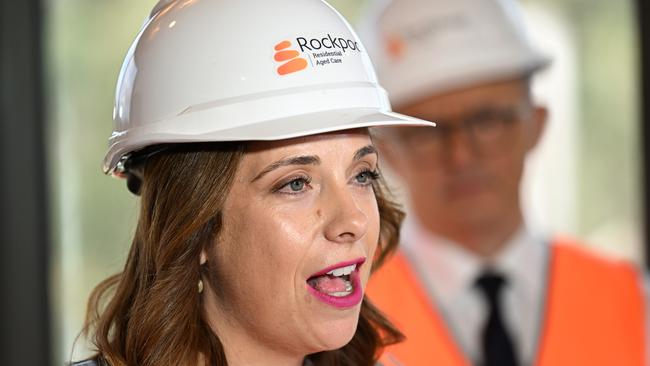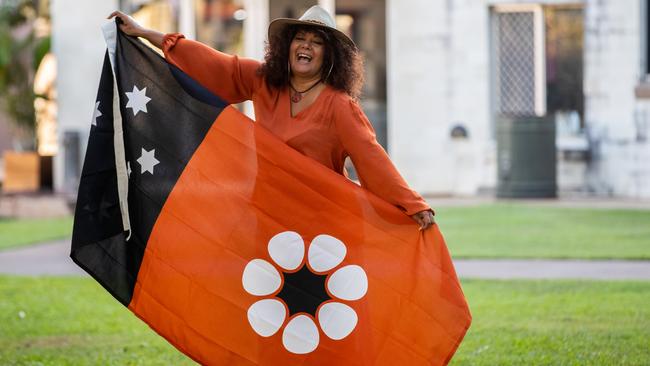First Nations-specific aged care to create culturally safe facilities
New funding measures will help the growing numbers of First Nations people find aged care that supports their cultural needs.

The growing numbers of Aboriginal and Torres Strait Islander elders will be given new support to navigate the complex aged-care system to find culturally safe supports and facilities.
In a national first, a $221m investment by the Albanese government will create both a new workforce to help First Nations elders, their families and carers access the right aged-care services, and build facilities specifically to meet their physical and cultural needs.
The 250-strong support workforce, funded with $106m over four years, will be made up entirely of Aboriginal and Torres Strait Islander peoples.
The other $115m will be spent on purpose-built facilities for Indigenous Australians.
The new workers will help elders and their families match to services best designed to support their social, cultural and economic needs.
Aged Care Minister Anika Wells said the new programs responded to calls made by the aged-care royal commission in its final report to focus on support for older First Nations people.
“The commission recommended the government ‘ensure that the new-aged care system makes specific and adequate provision for the diverse and changing needs of Aboriginal and Torres Strait Islander people’, and so we are doing just that.” Ms Wells said.
“A First Nations workforce that supports older First Nations people will enable a system that is more accessible and better able to focus on the aged-care service needs of our diverse Aboriginal and Torres Strait Islander community.”
Under existing arrangements, Aboriginal and Torres Strait Islander people can access aged-care services from the age of 50 because of the earlier onset of ageing-related conditions and disability compared with the rest of the Australian population.
The royal commission noted that long-term health conditions affect 88 per cent of Aboriginal and Torres Strait Islander people over the age of 55, and dementia was also more prevalent. It said on that measure, Indigenous Australians should be accessing proportionately higher levels of health and aged-care support than non-Indigenous people.
Despite this, Aboriginal and Torres Strait Islander elders faced a range of barriers in accessing aged-care services, Assistant Minister for Indigenous Australians Malarndirri McCarthy said.
“Lack of culturally safe care, a complex system, ongoing trauma, and social and economic disadvantages all contribute to older First Nations people accessing aged-care services at a rate lower than needed,” she said.

The new Indigenous aged-care facilitators will help First Nations elders interact with the My Aged Care website, explain the assessment process, help them find appropriate service providers and explain the fee structure.
One key measure of success of the program will be delivering aged care services that enable elders to remain close to their homes and connected to their communities, she said.
The other tranche of funding will be provided to four National Aboriginal and Torres Strait Islander Flexible Aged Care services in South Australia, the Northern Territory and Queensland to construct purpose-built, culturally safe facilities. “This grant funding empowers older First Nations people, communities and NATSIFAC providers to contribute to the development of contemporary building design, suitable for people living with dementia, limited mobility, cultural needs and aligned with local expectations,” Ms Wells said.
Census data last week revealed growing numbers of Aboriginal and Torres Strait Islander peoples in Australia. While in 2011 just 21,000 people aged 65 and over identified as First Nations, that increased to 31,000 in 2016 and was 47,600 at the 2021 census. Overall, there was a 25 per cent increase in Australians who identified as Aboriginal and Torres Strait Islander from the 2016 census: 812,000 people, 3.2 per cent of the population, identify as Indigenous.
Aged care is one of the federal government’s largest spending programs, with about $24bn a year committed in 2020-21.






To join the conversation, please log in. Don't have an account? Register
Join the conversation, you are commenting as Logout